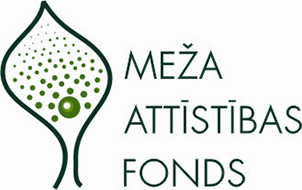Study supported by the Forest Development Fund (agreement No. 21-00-S0MF10-000022)

At the moment, there is conflicts between nature conservation and forest resource use where one solution is to explore historical data source in terms of dynamics of natural diversity. Are historical datasets just cultural-historical relicts or can they be used also in biodiversity research? Which maps from a wide range of sources are suitable for this purpose and which of them should be used? How to contextualize data and information from sources in a mosaic of complicated driving forces?
The aim of the study is to evaluate the possibilities to use historical sources to spatially explicit assess forest diversity of different areas and situations in Latvia. Based on the assessment and supplementing it with a modern interpretation of remote sensing data prepar a draft methodology for assessing the potential of forest diversity.
Tasks of the study:
- Analyze the quantitative differences in the representation of historical forest cover using 20th century maps at different scales.
- Evaluate cartographic sources possibilities of their use in studies of forest diversity. Evaluate and make a relevant source catalog using Latvian state history archive funds. Select the most suitable variants of historical maps and plans.
- Perform a comparative analysis of State Forest Register and mapped forest habitats at a country wide scale.
- Prepare representative samples of the vertical forest structure of forest habitats using Lidar data.
- Prepare a draft methodology for assessing the potential of forest diversity which is based on situational models and covers various spatial scales and can provide possibilities to model aspects of future forest diversity.
- Prepare a repository of historical map materials and documents used in the research in the form of open data.